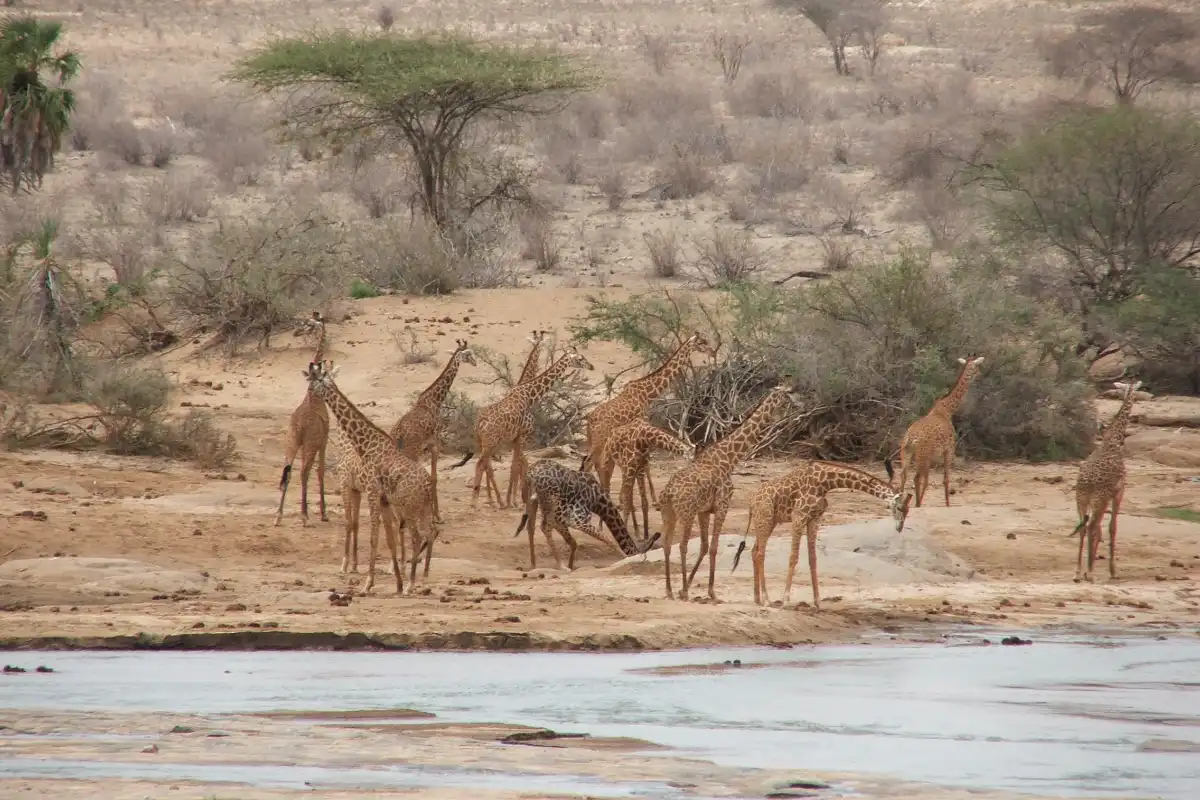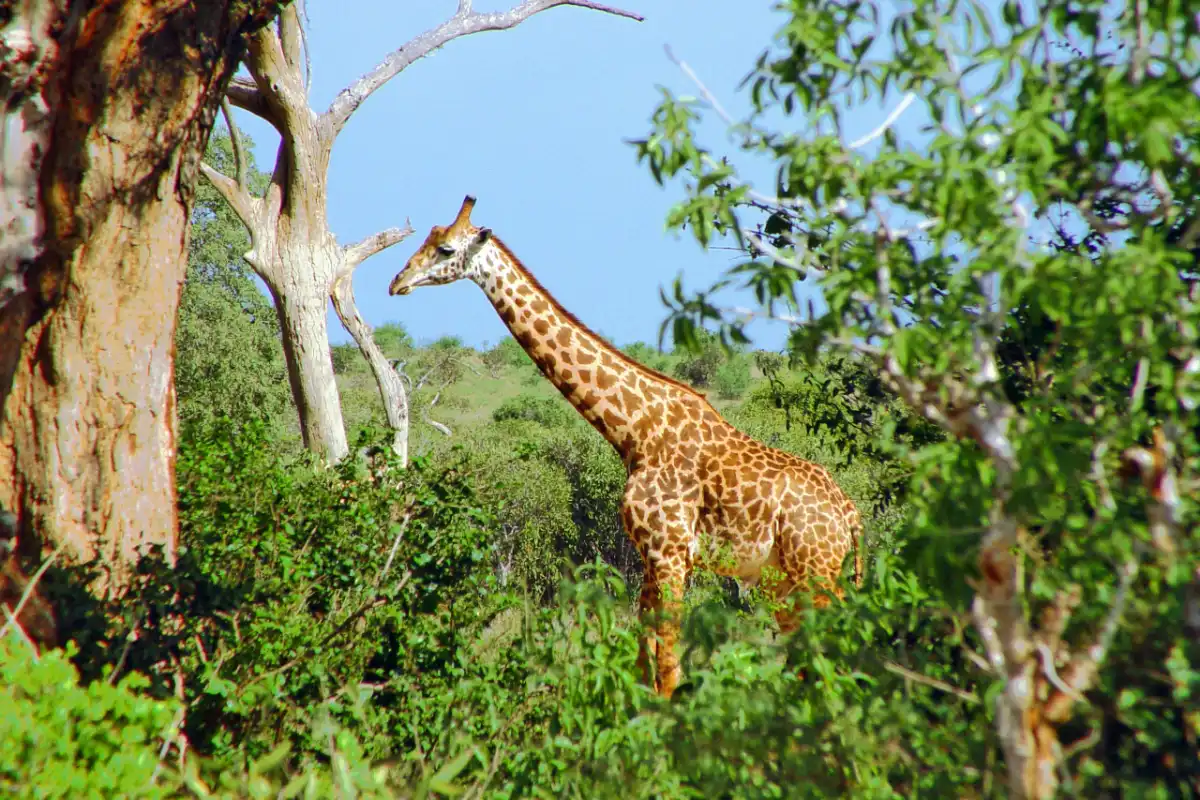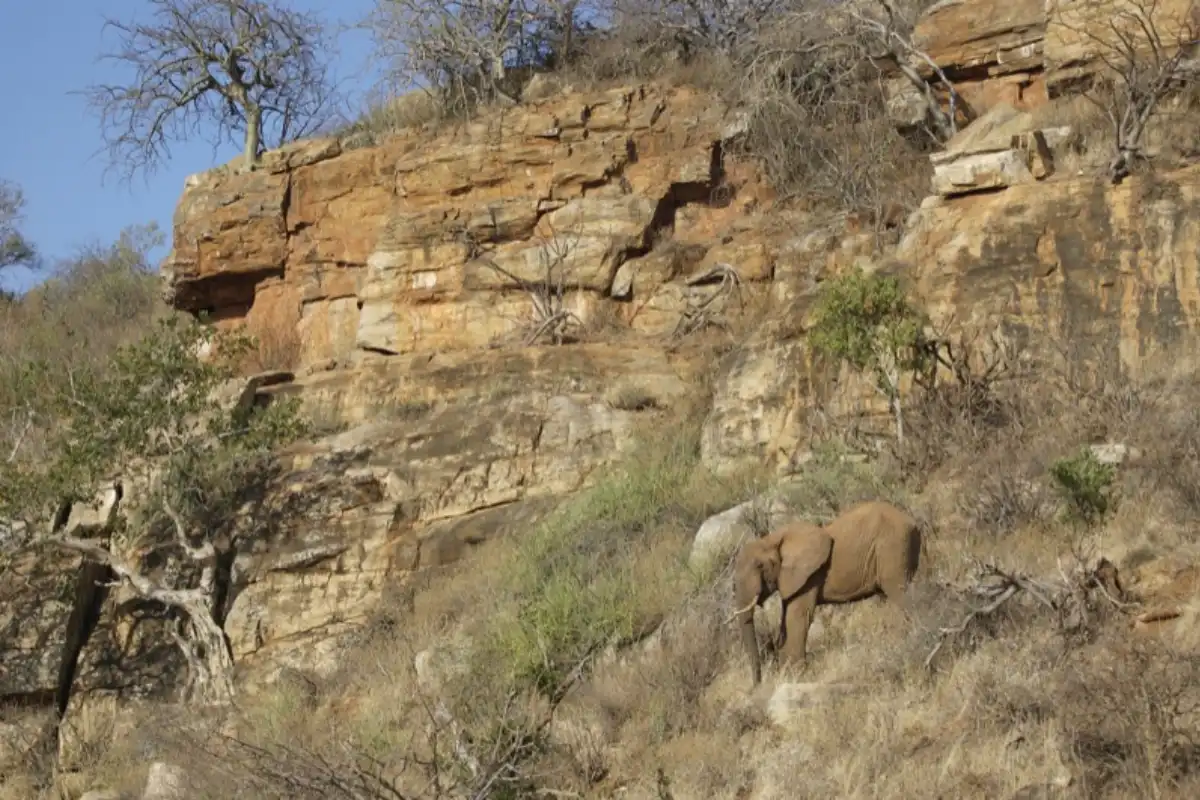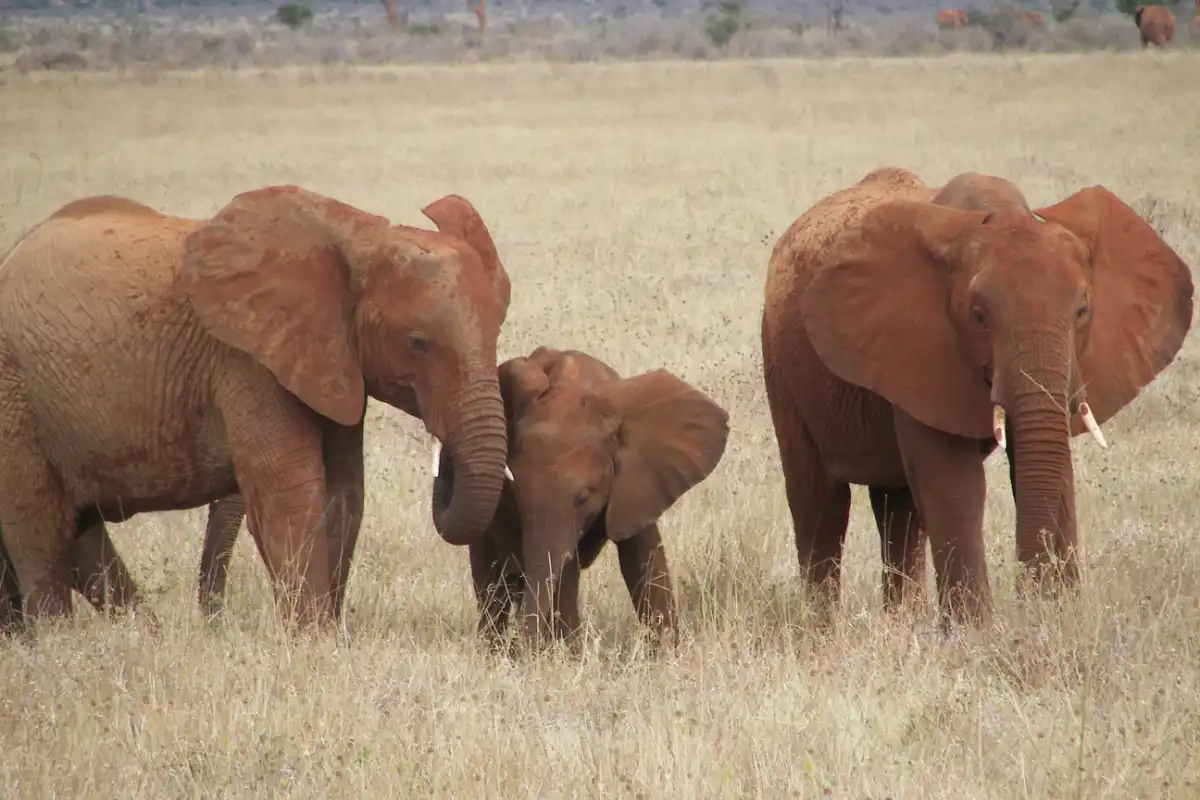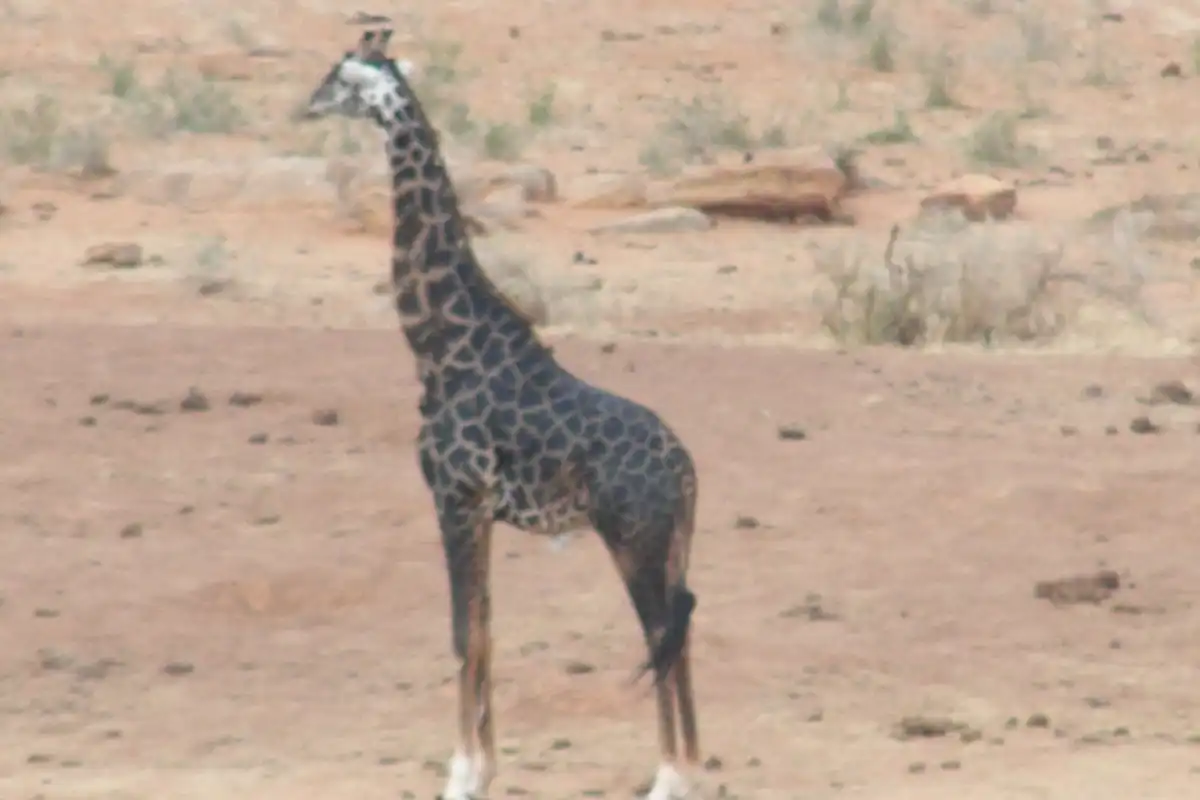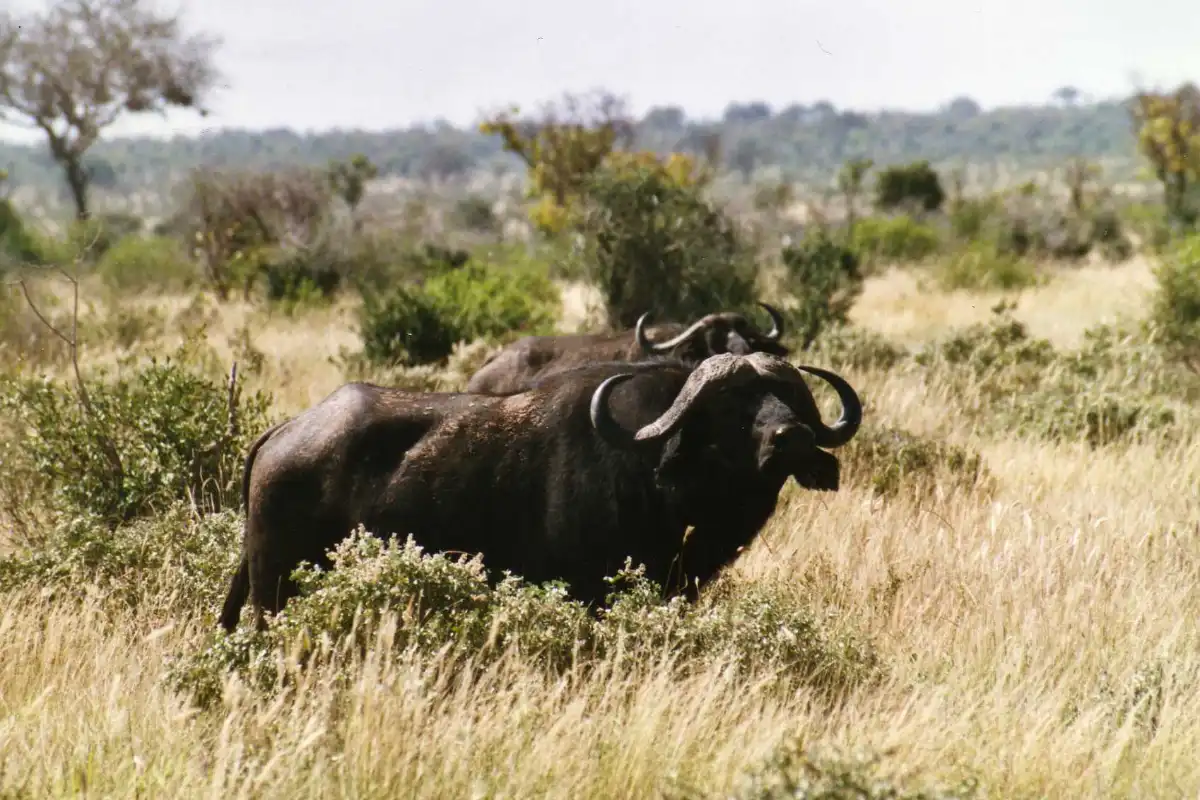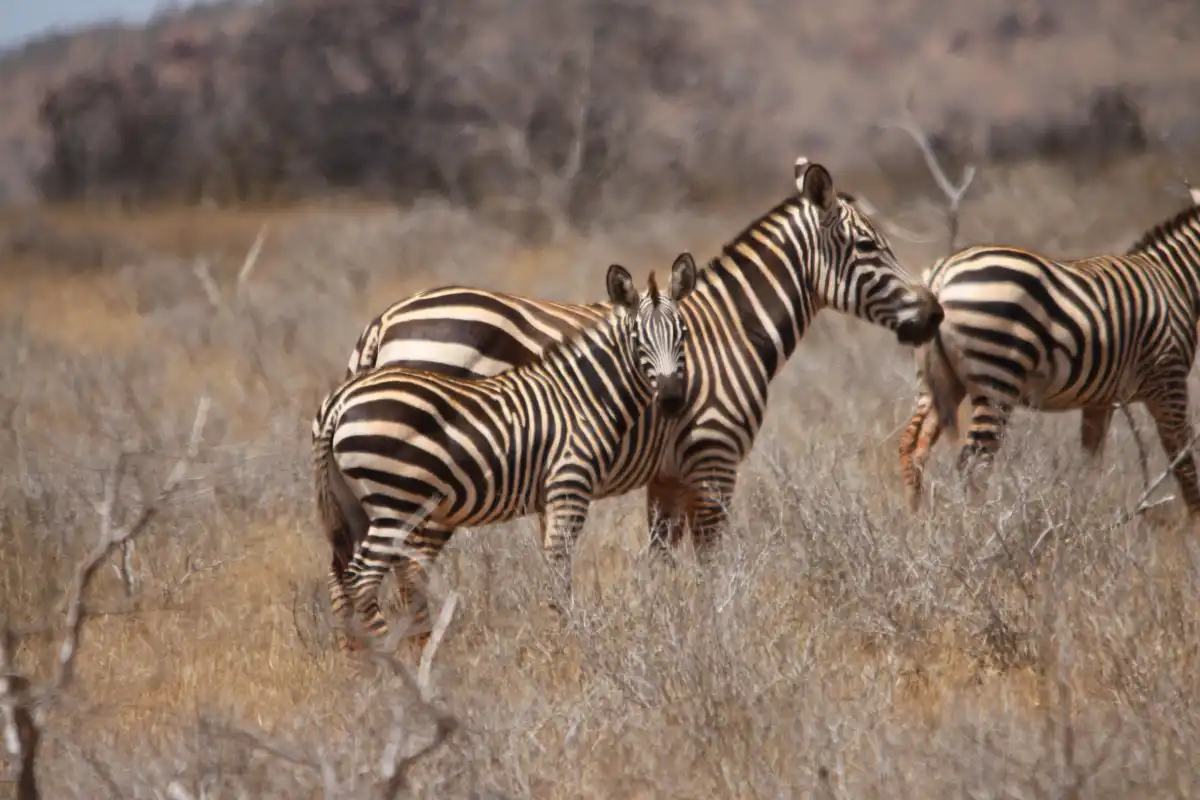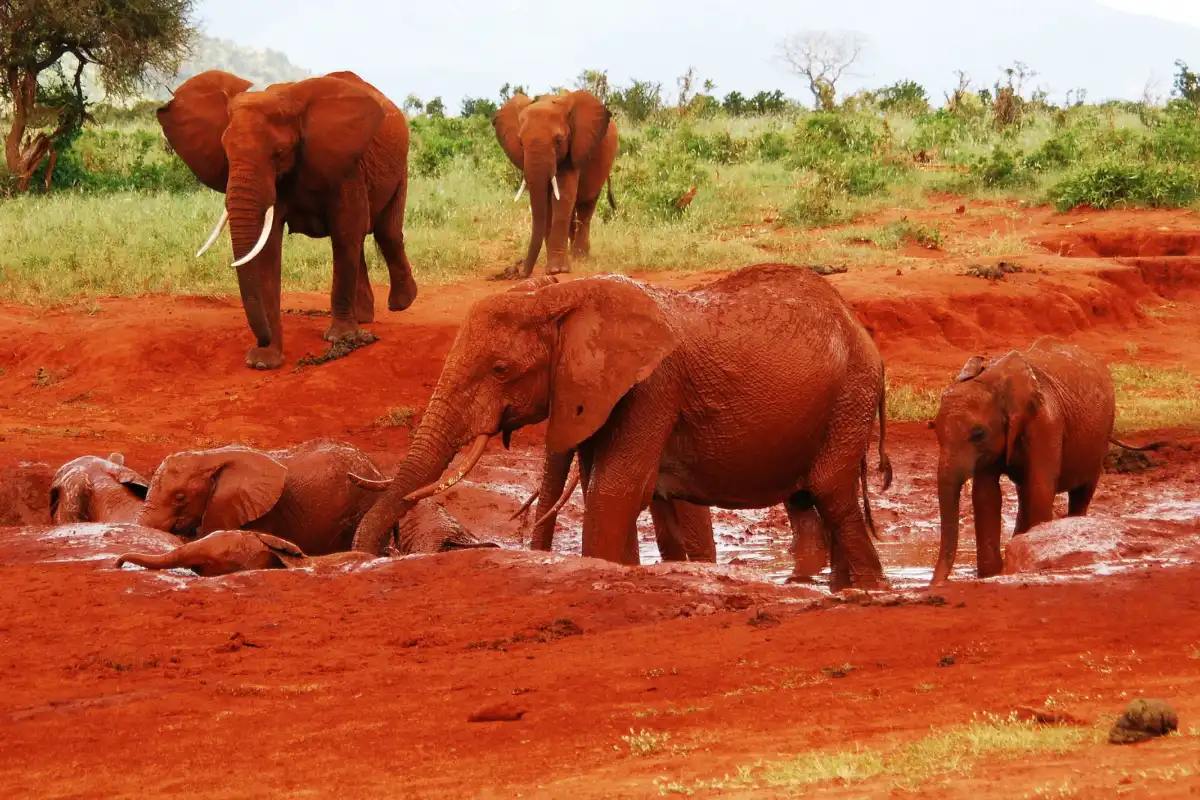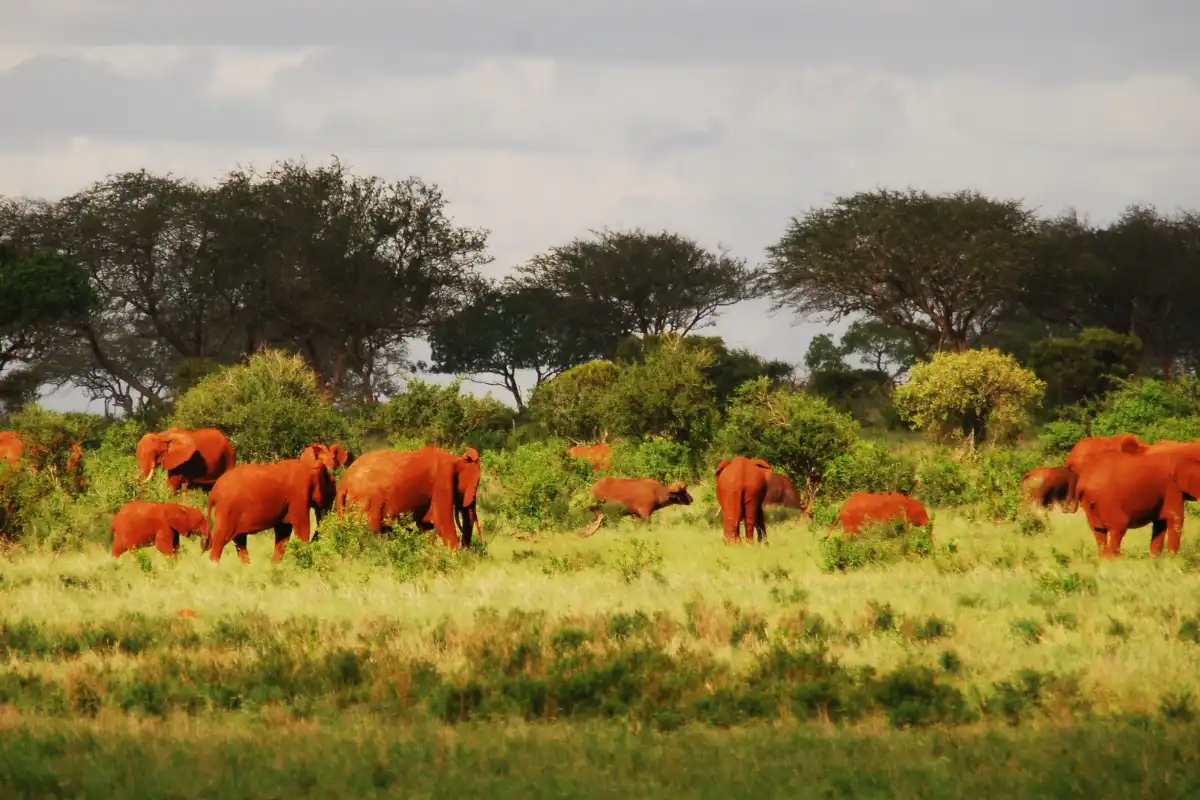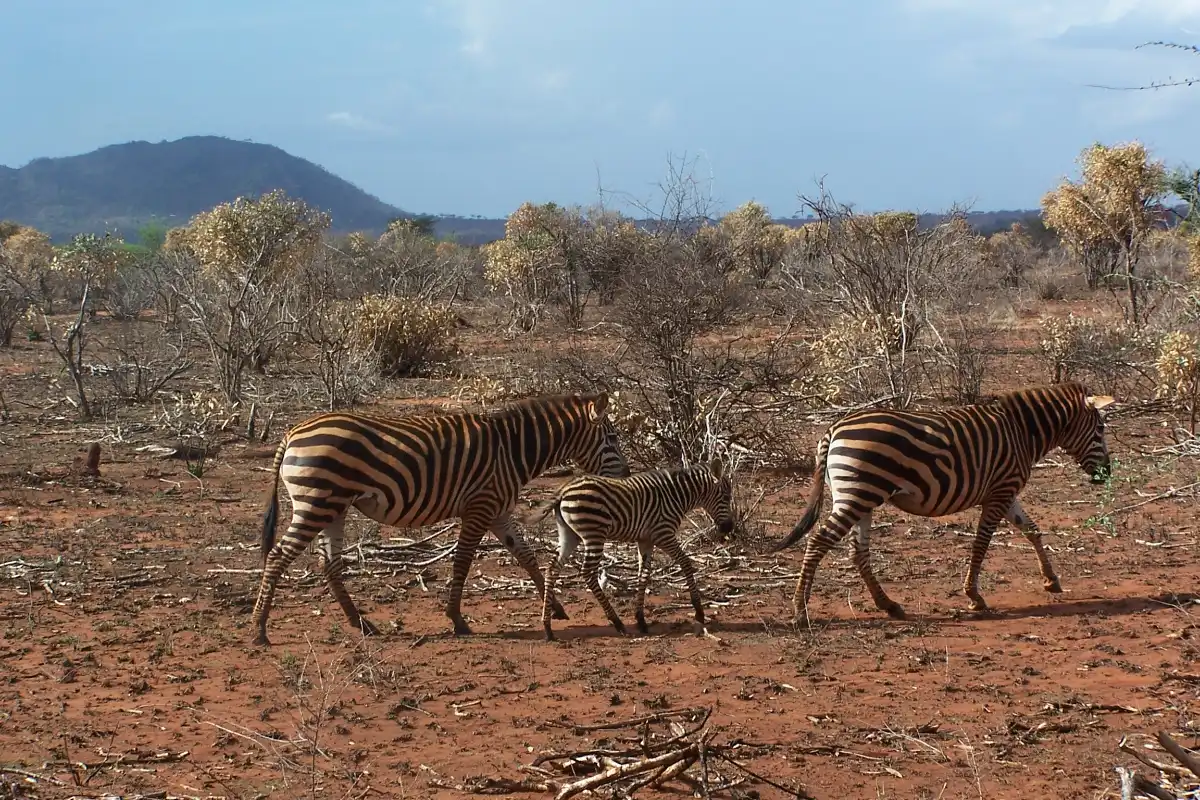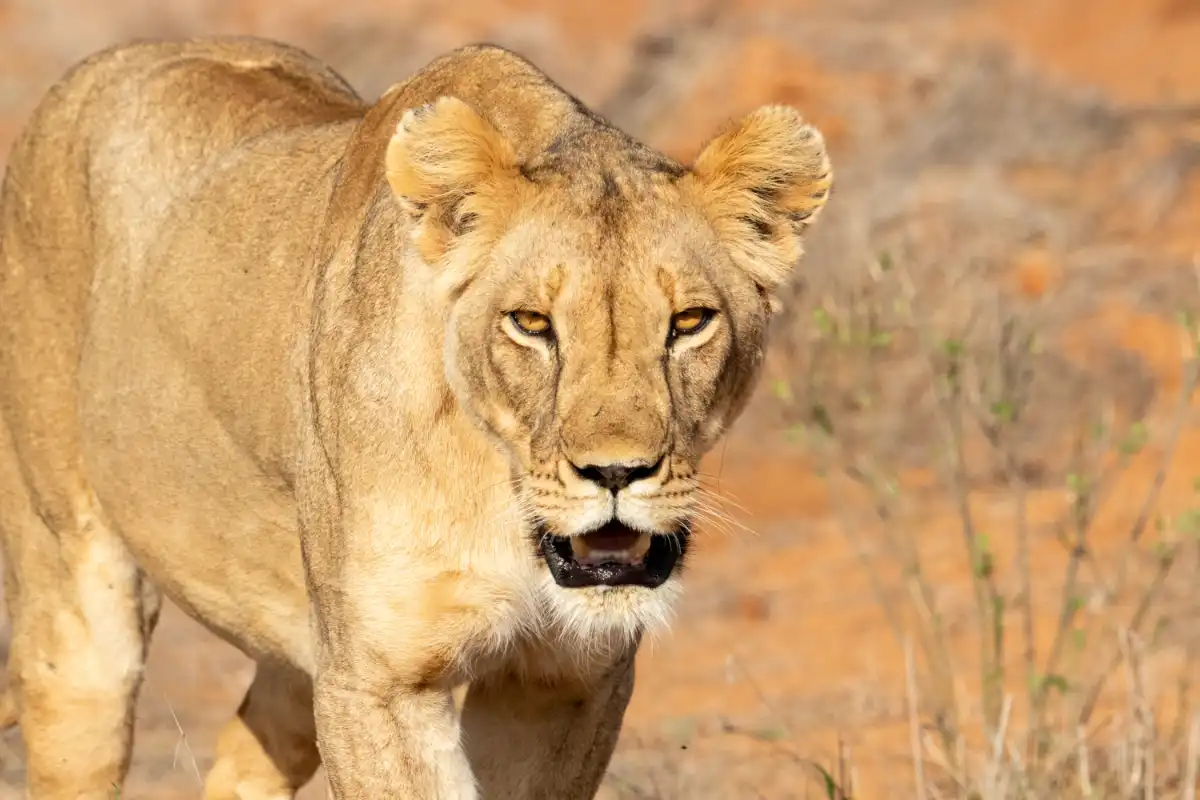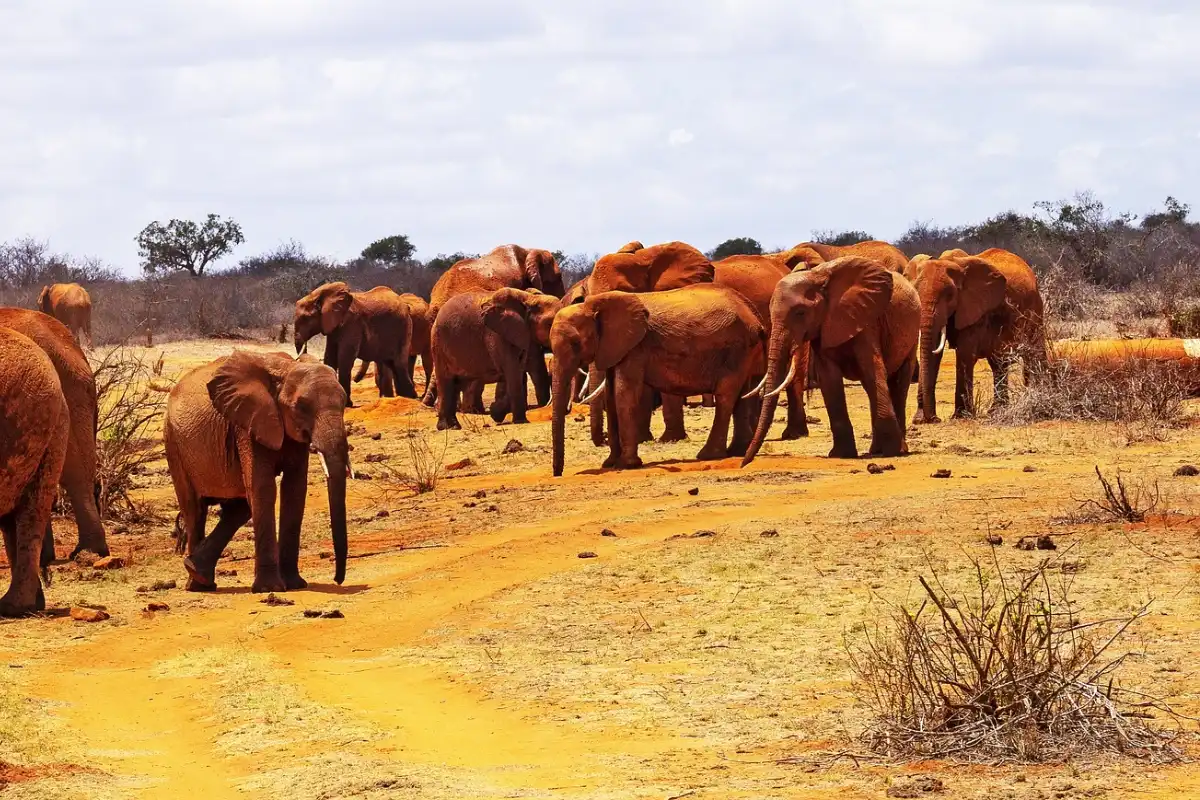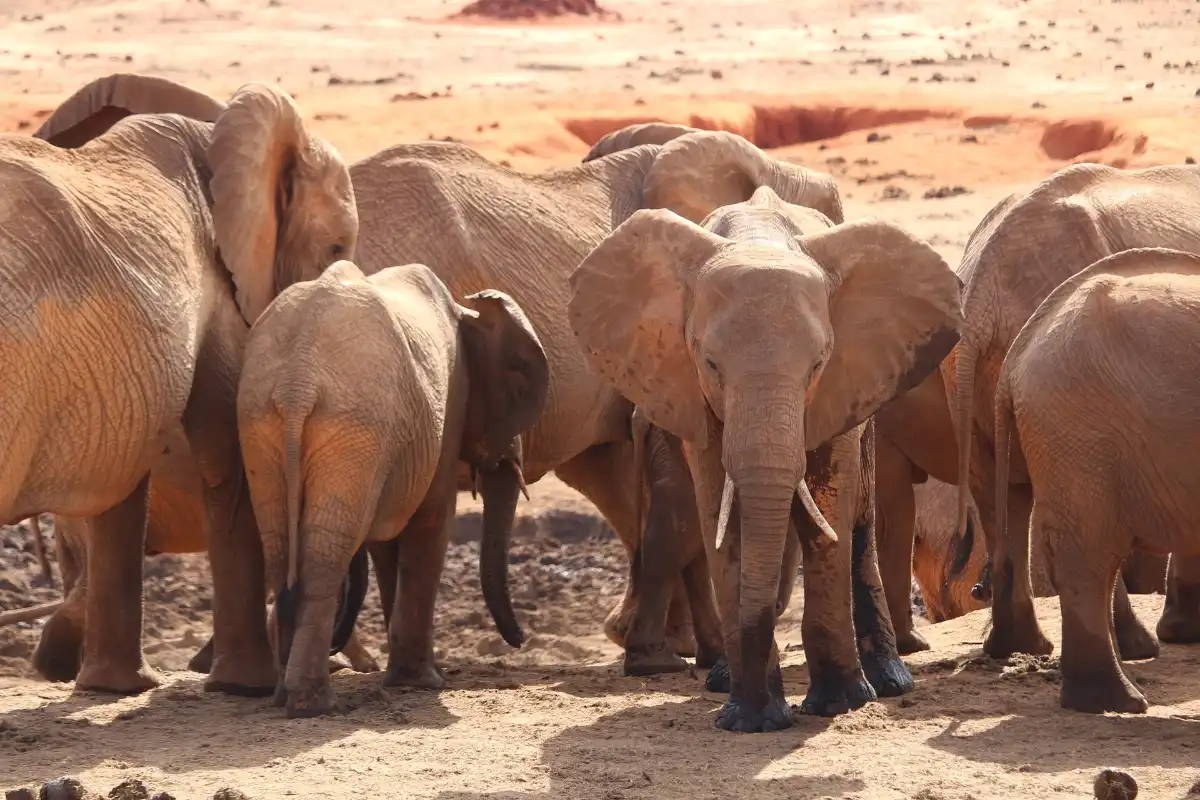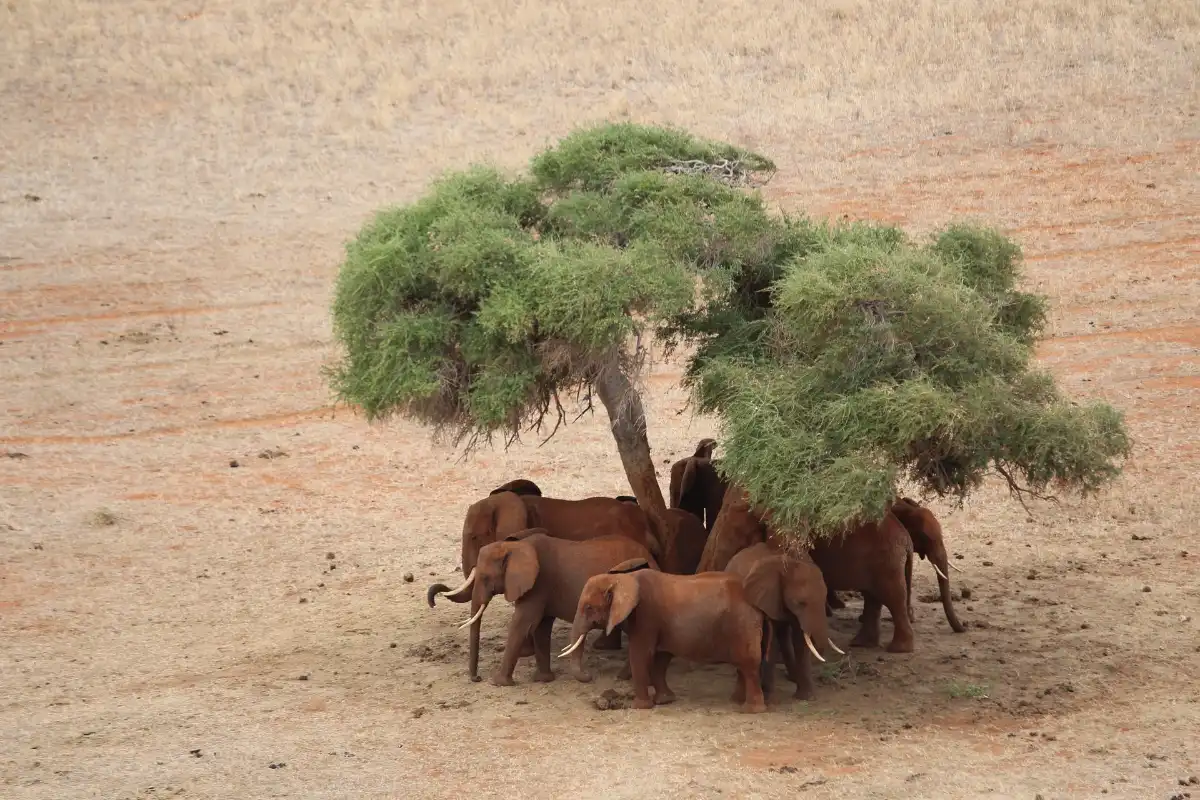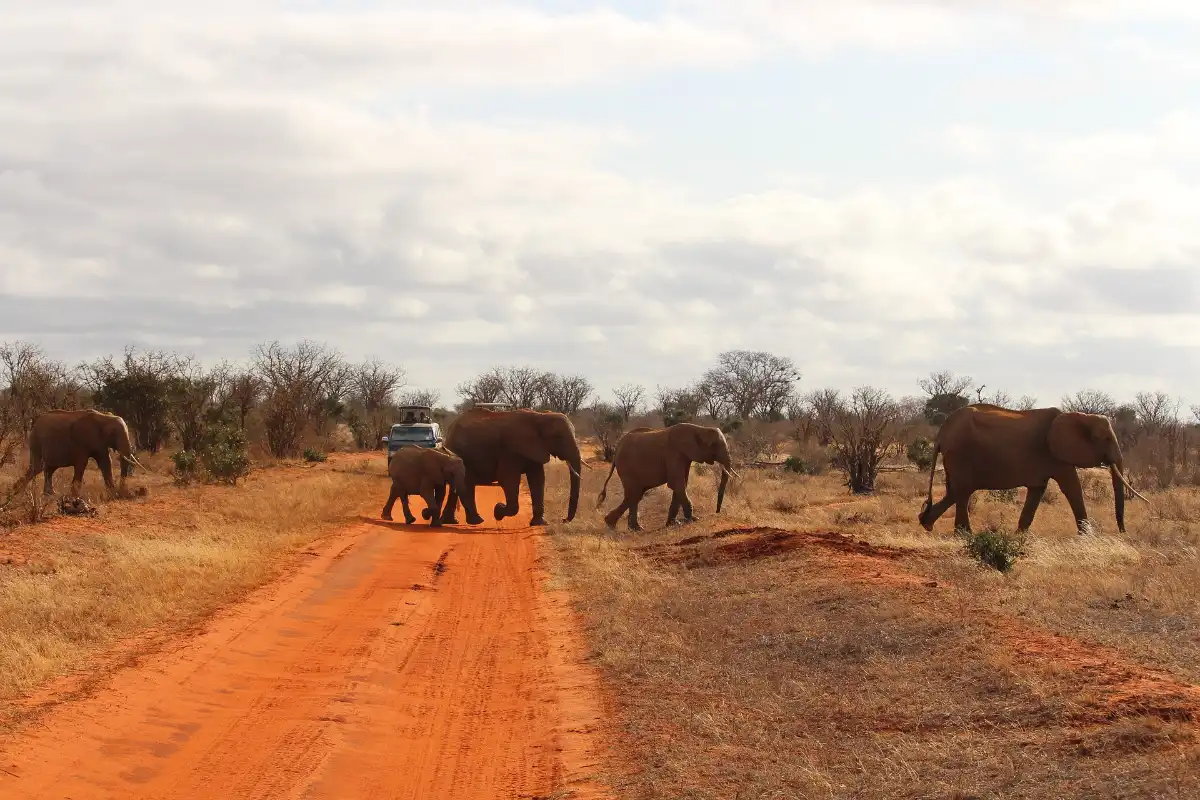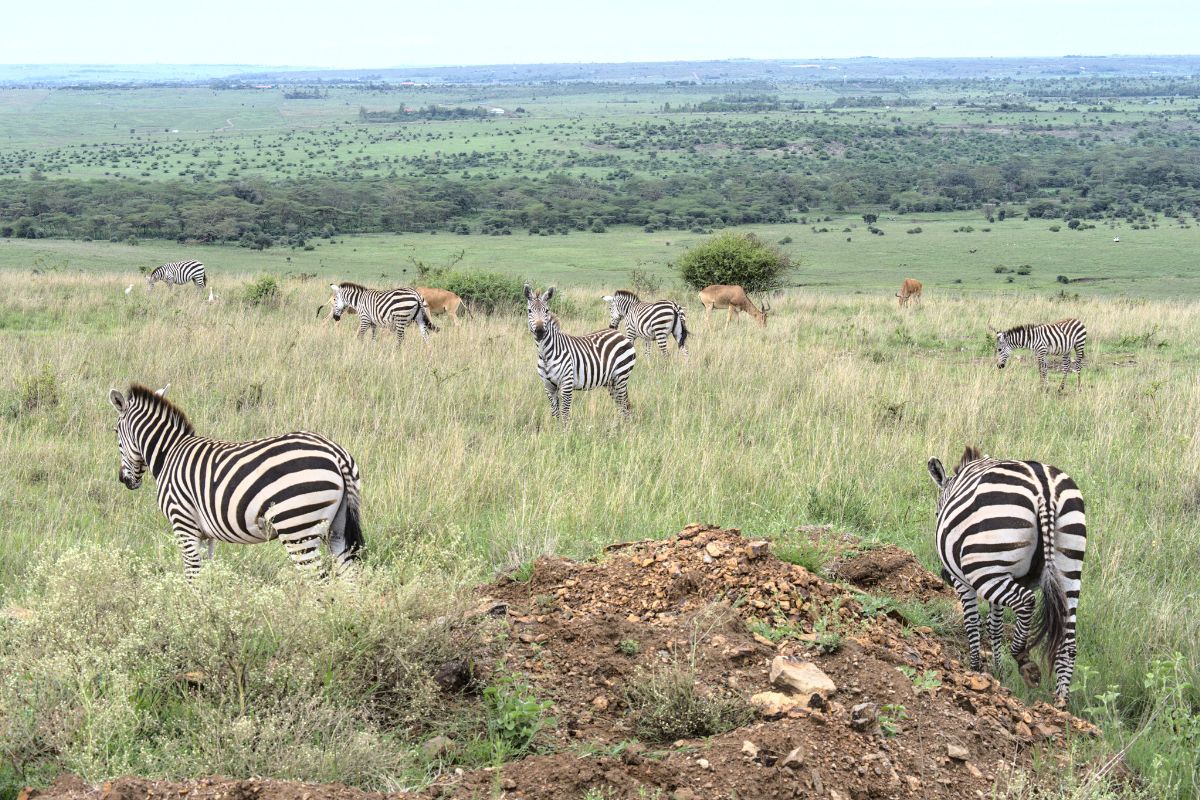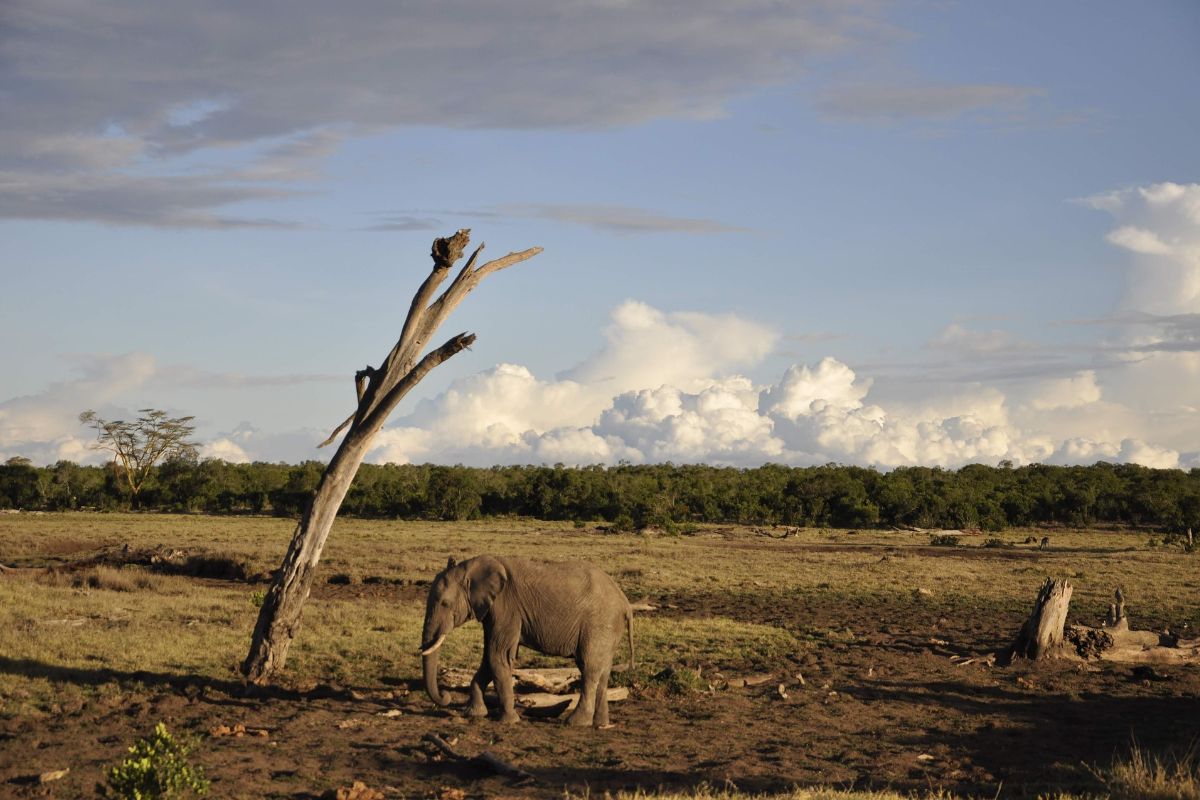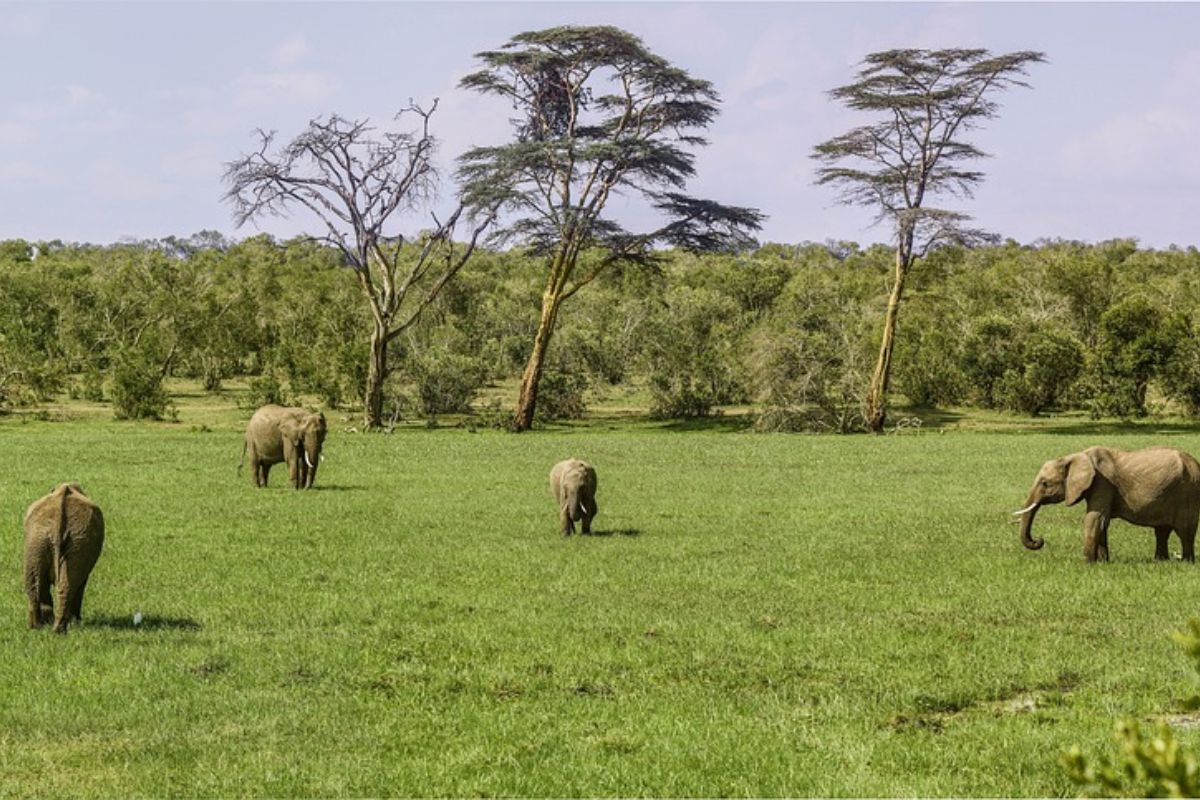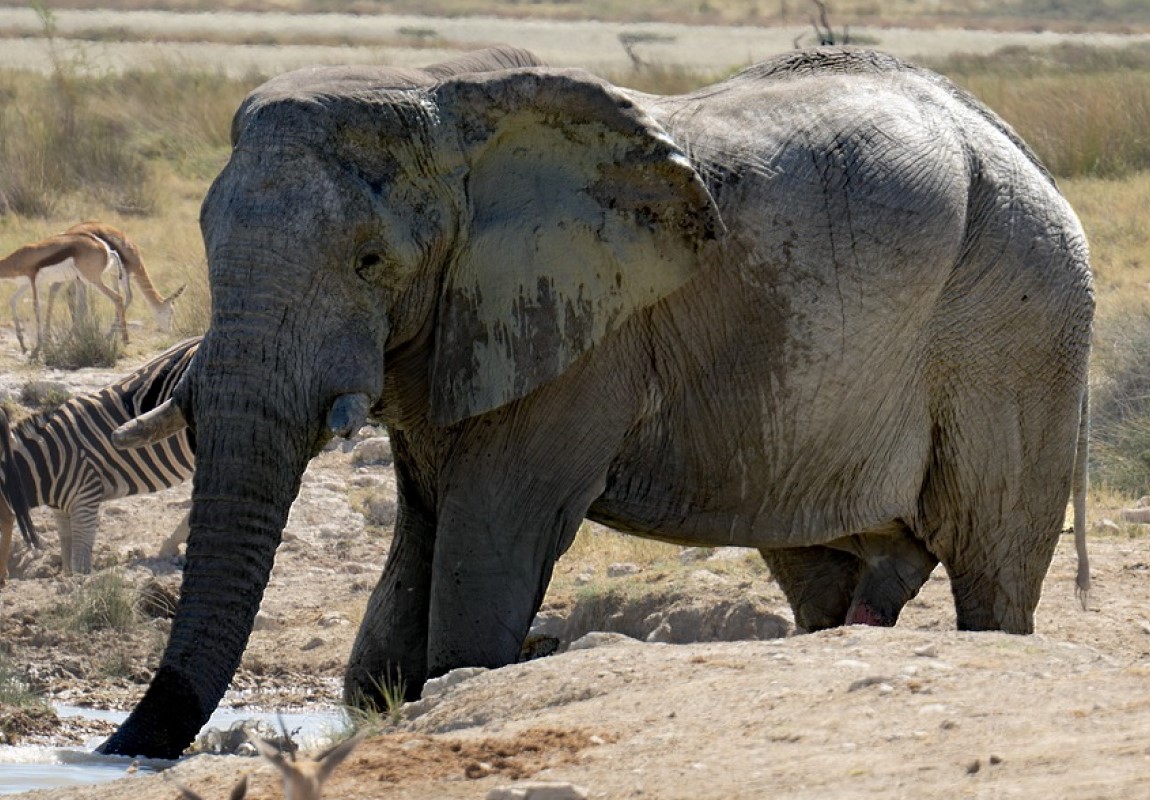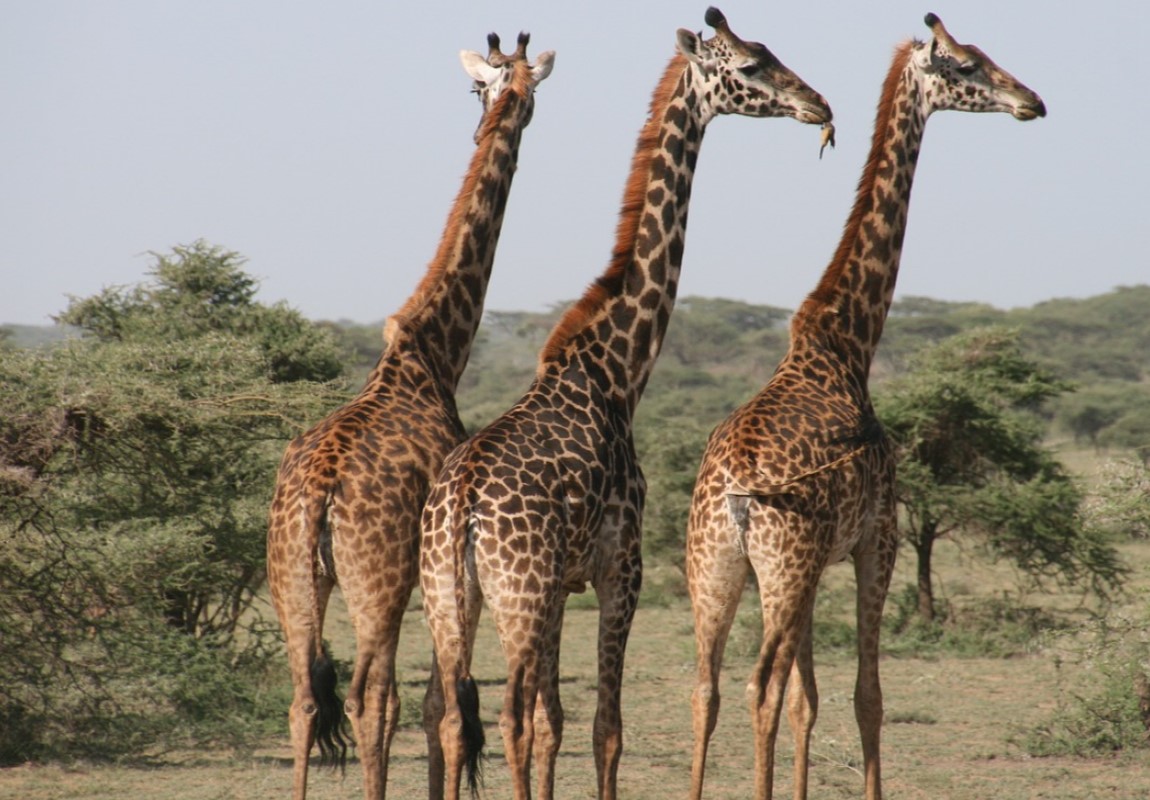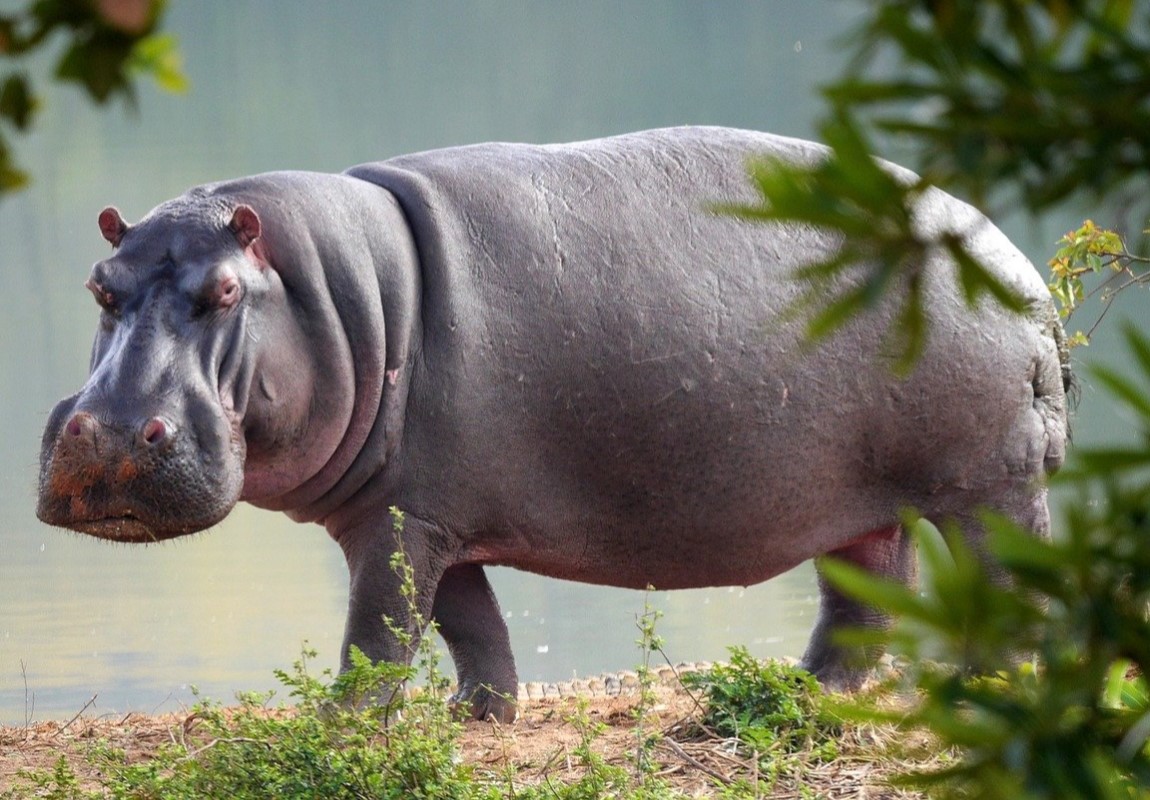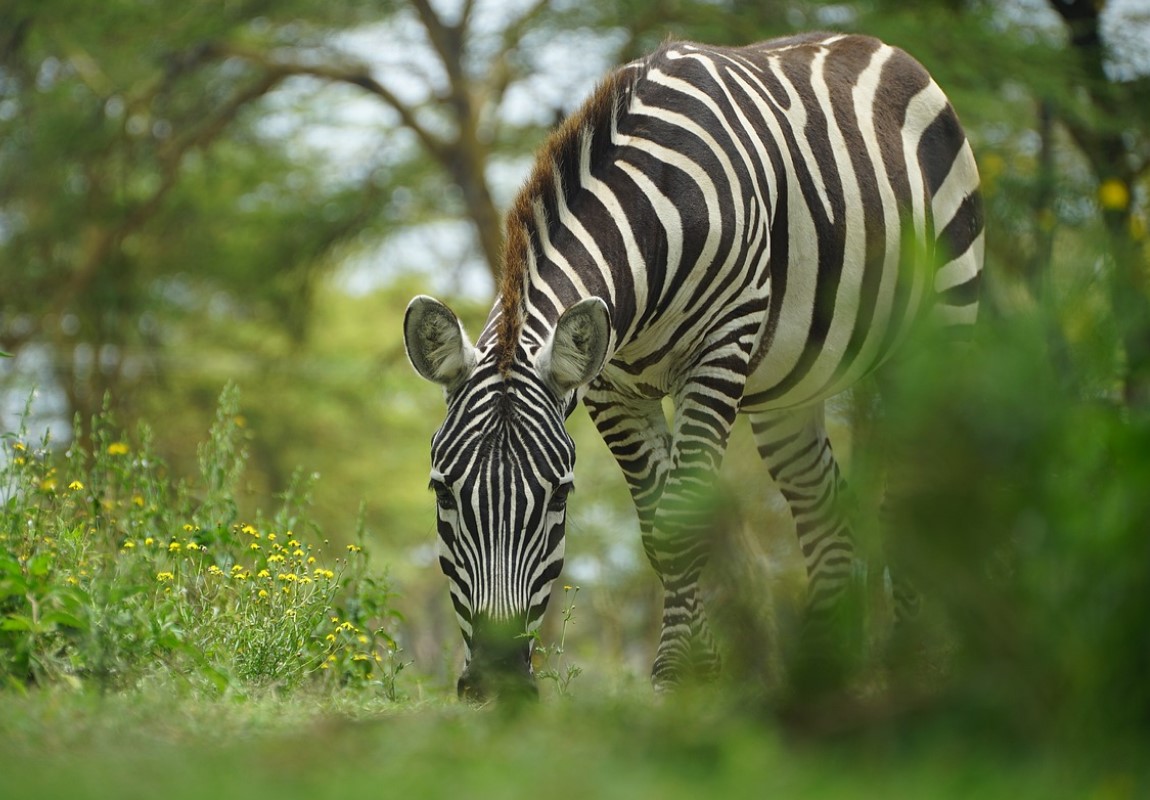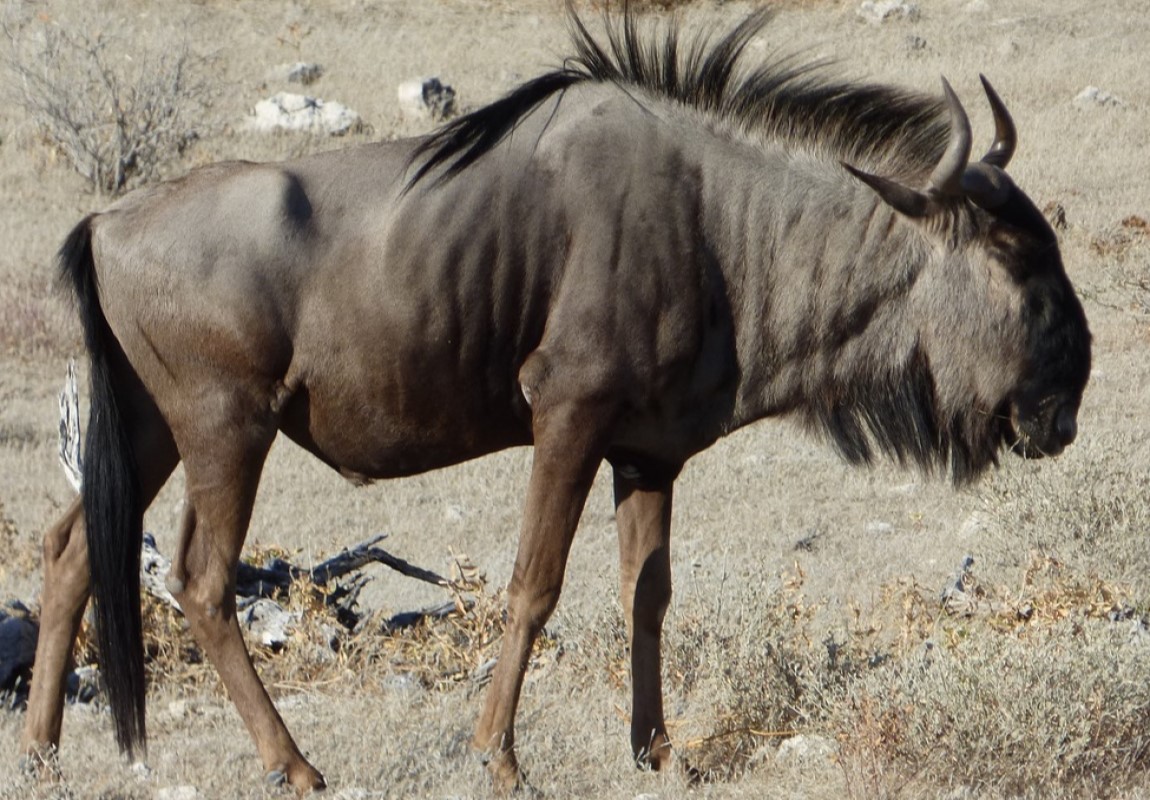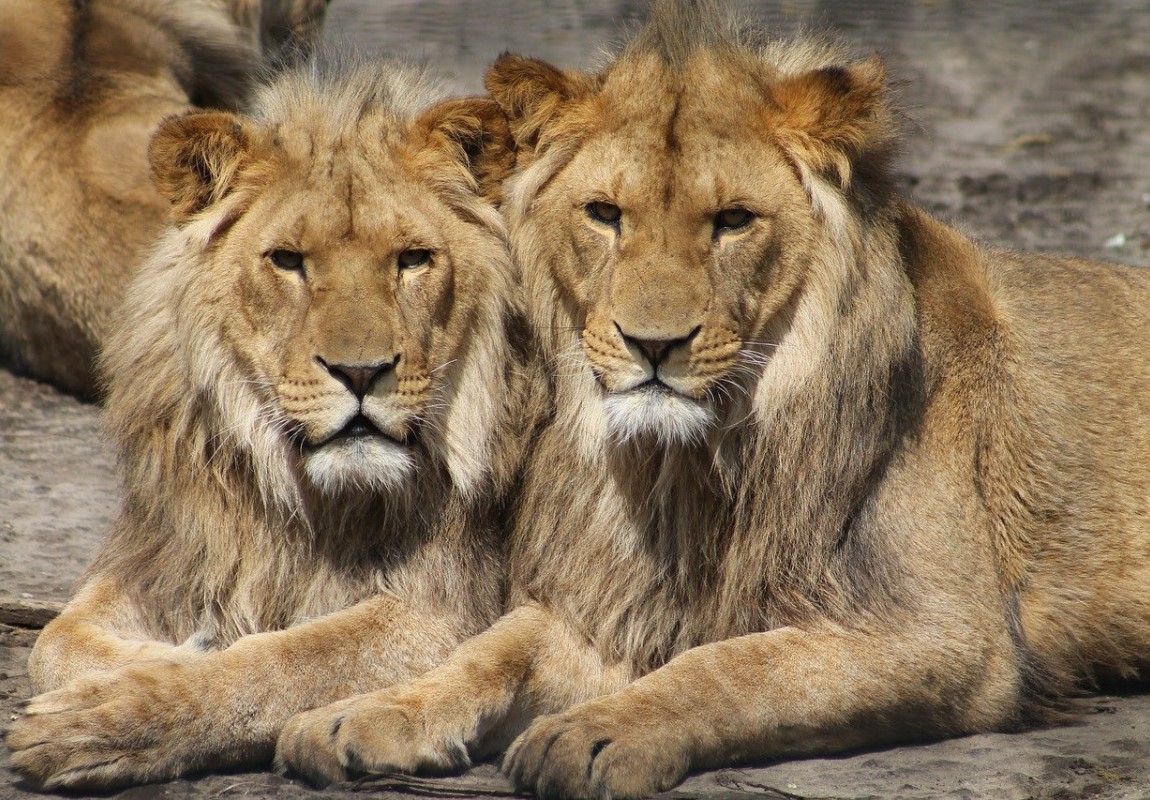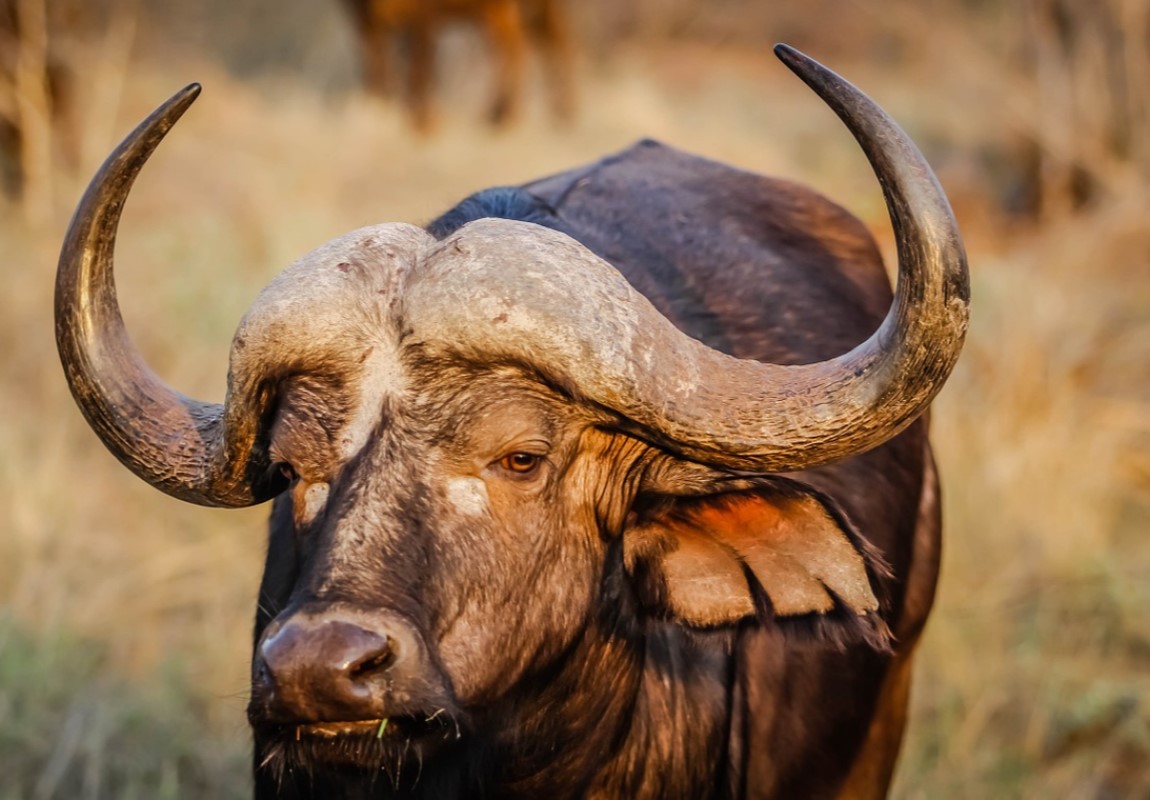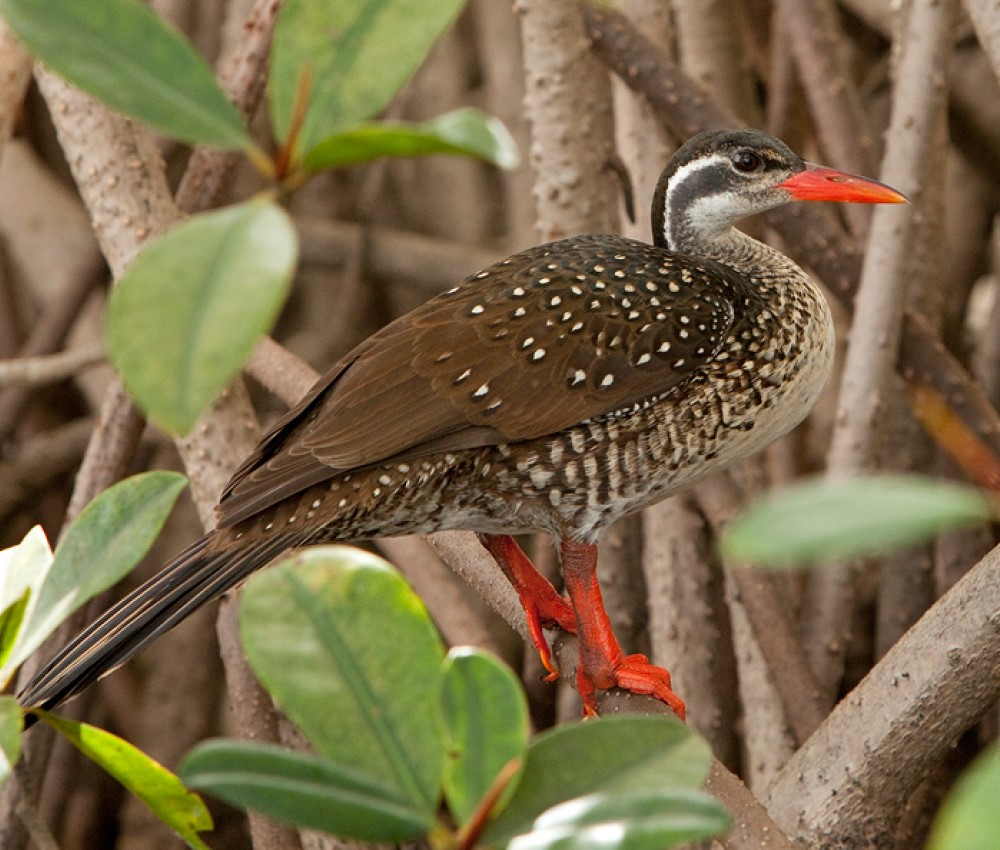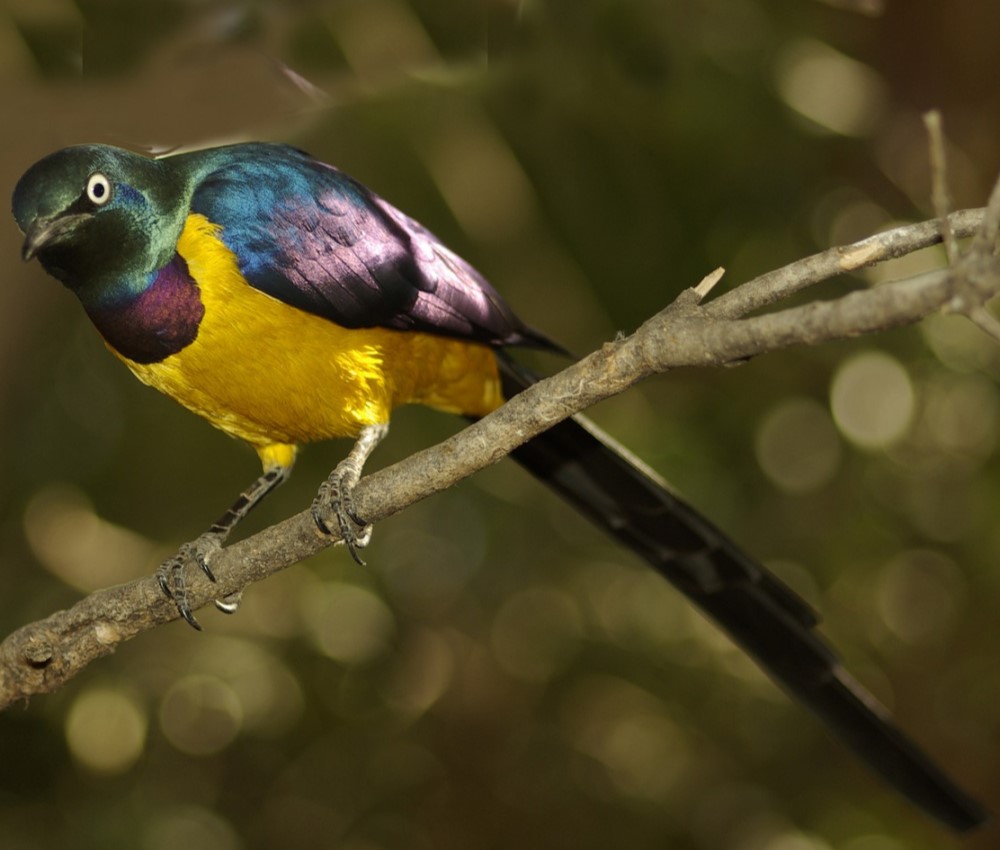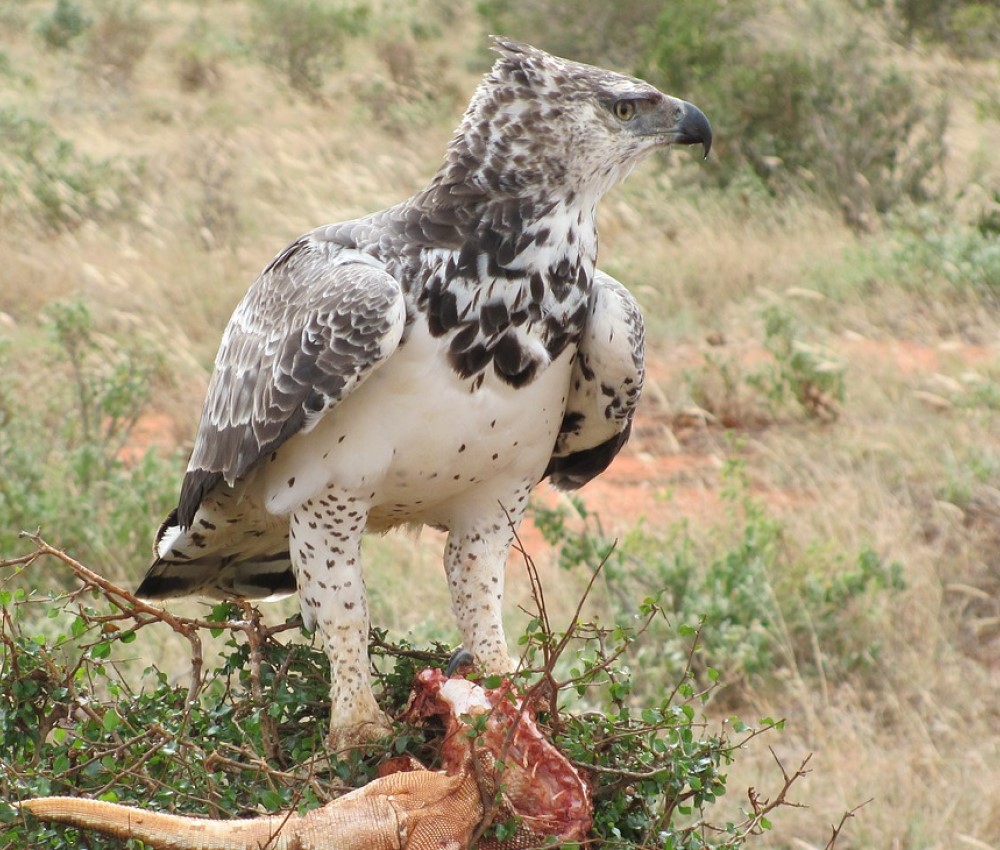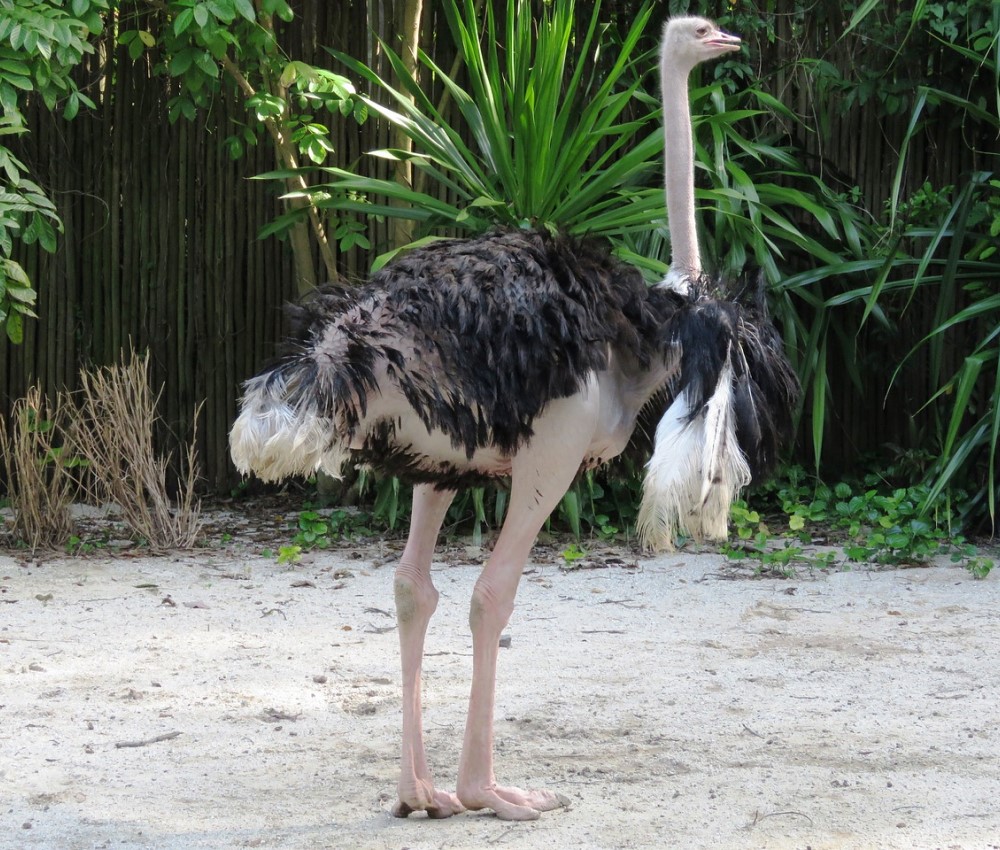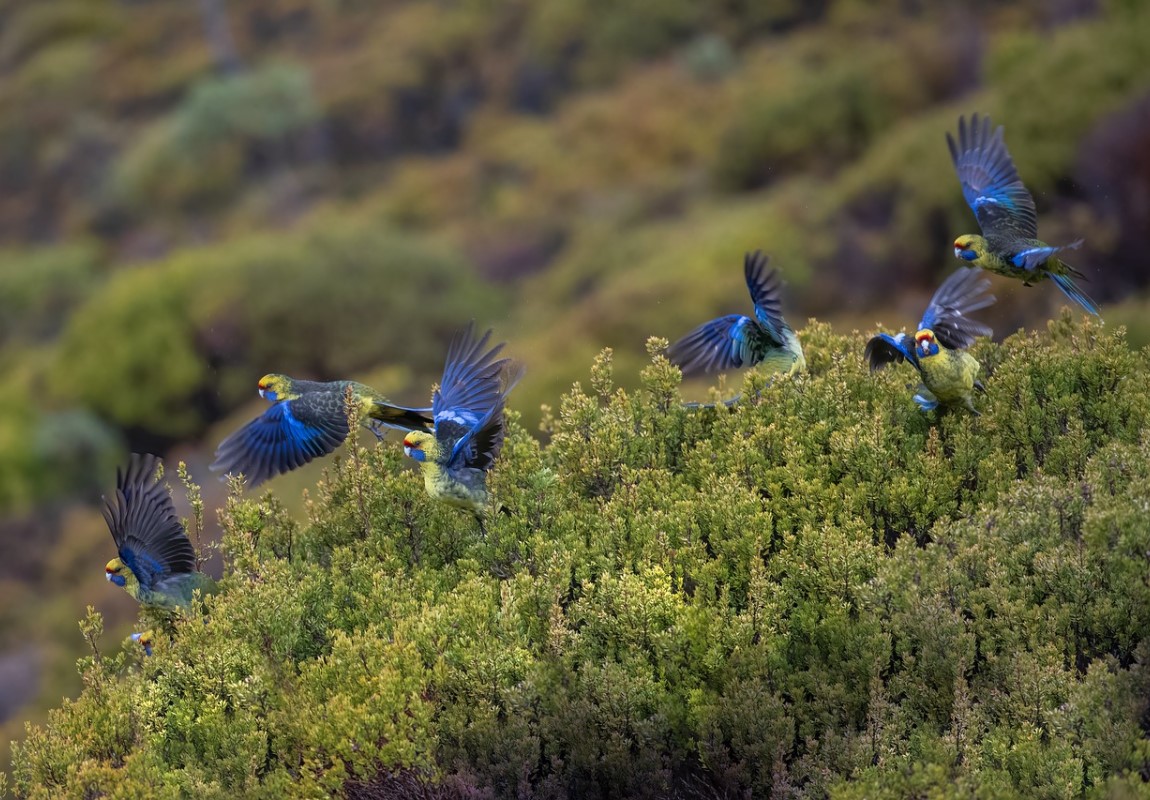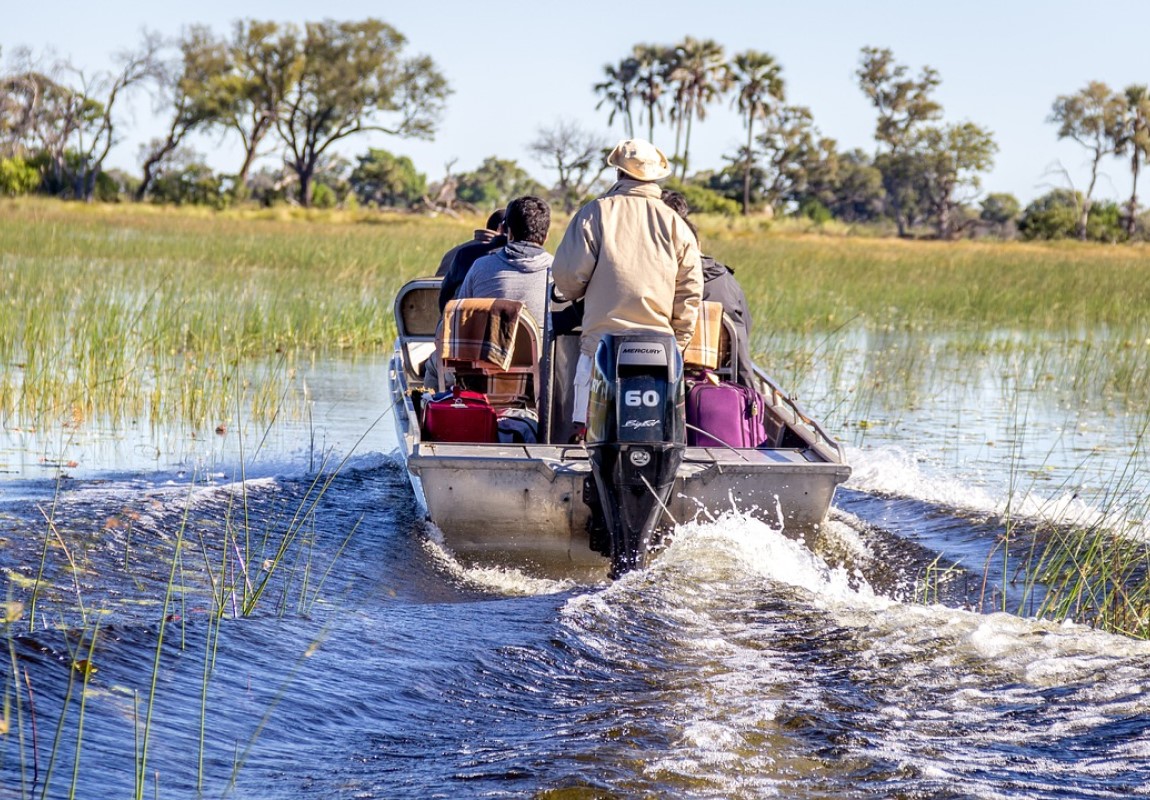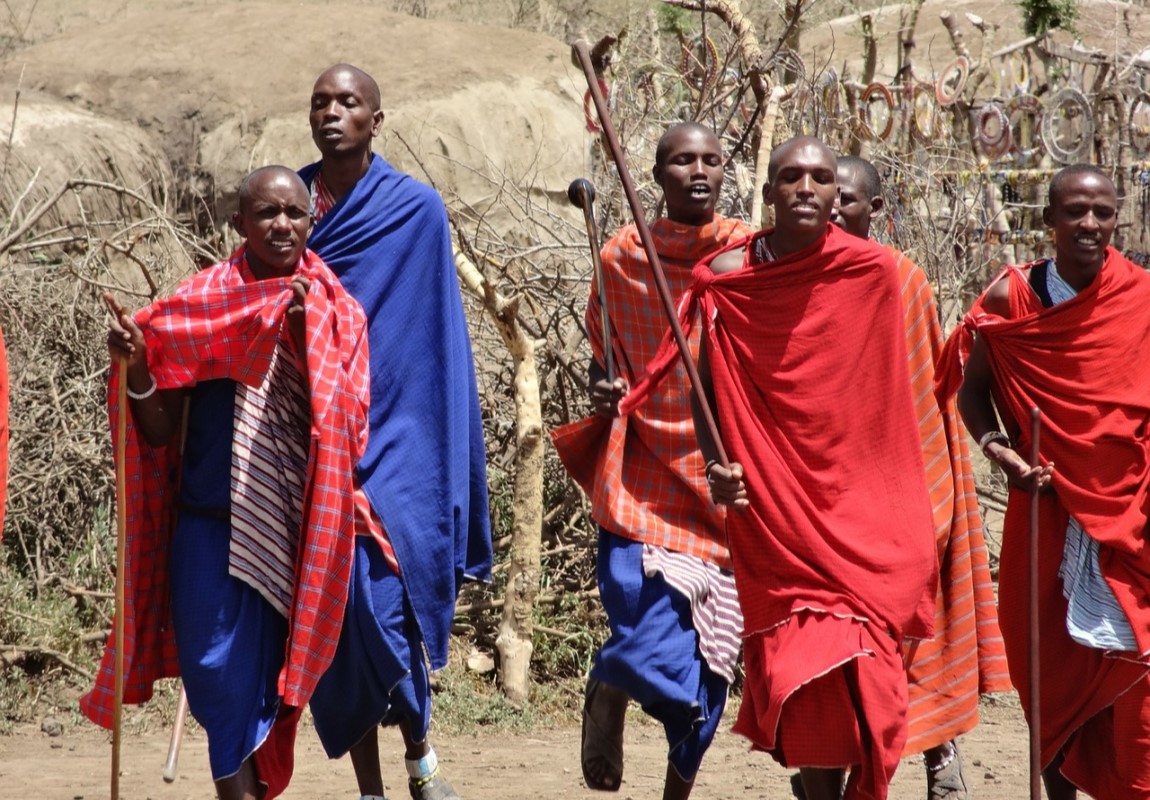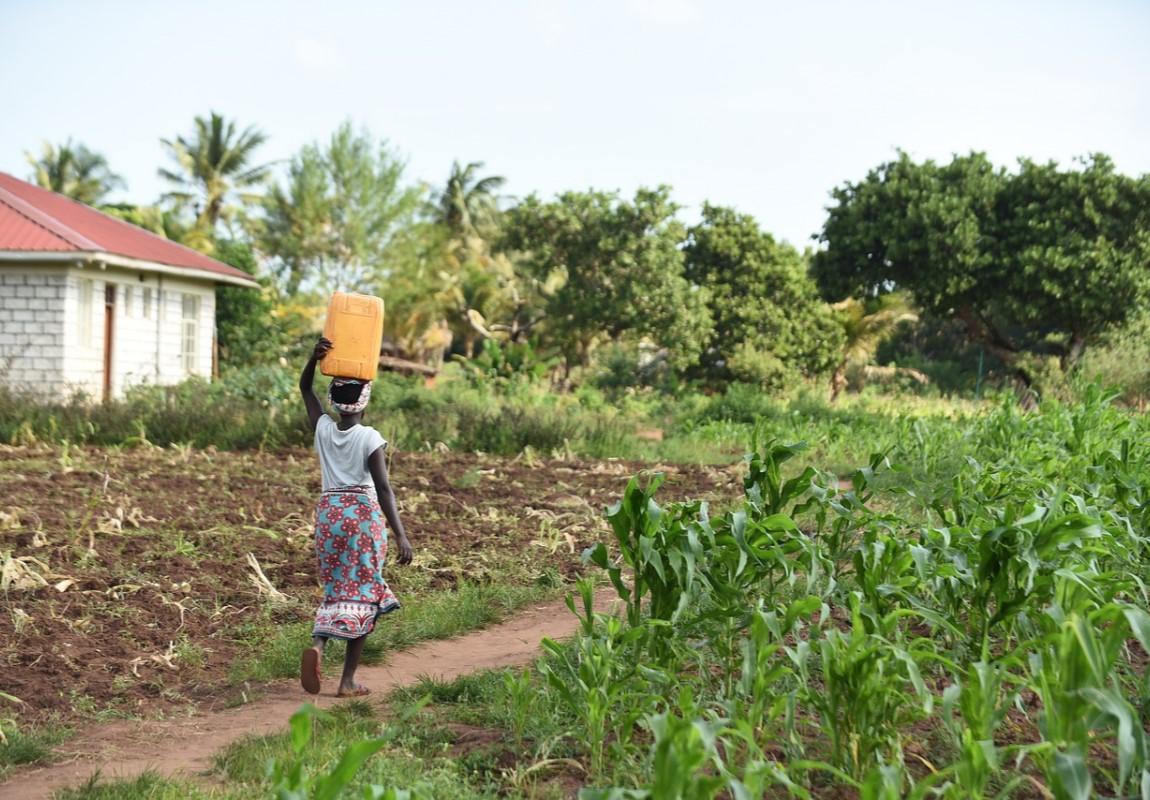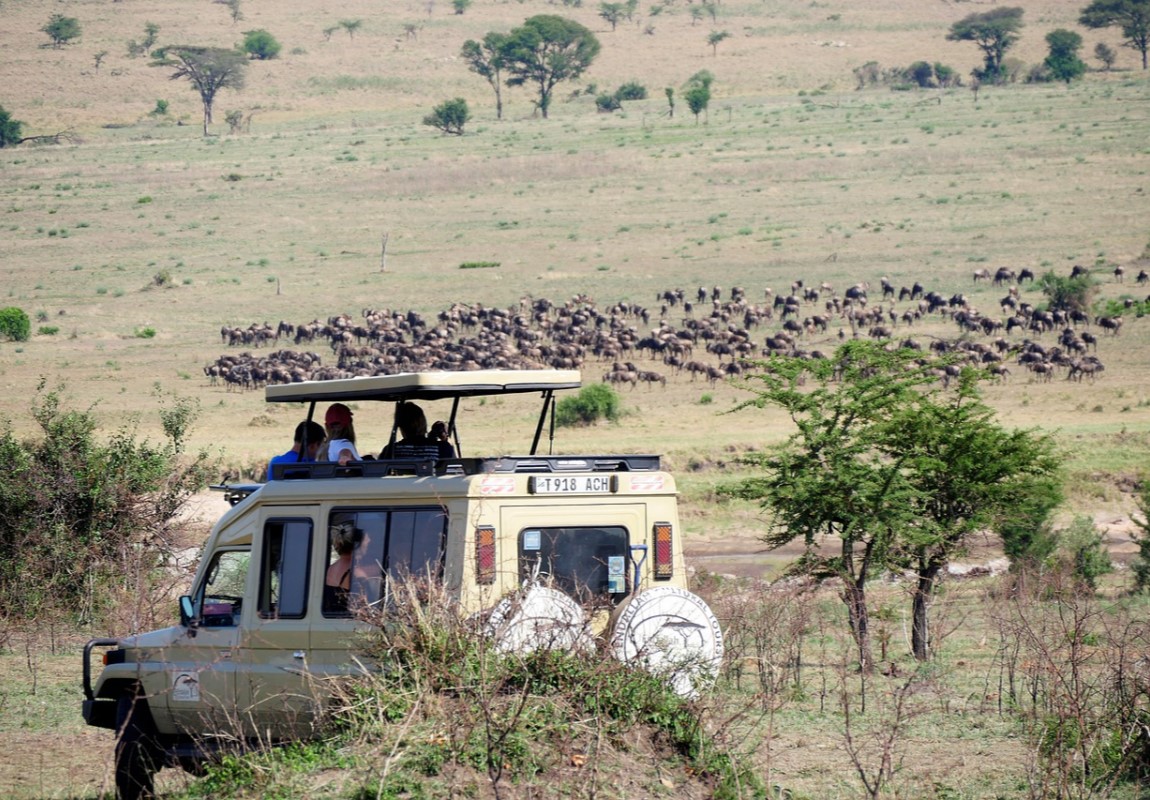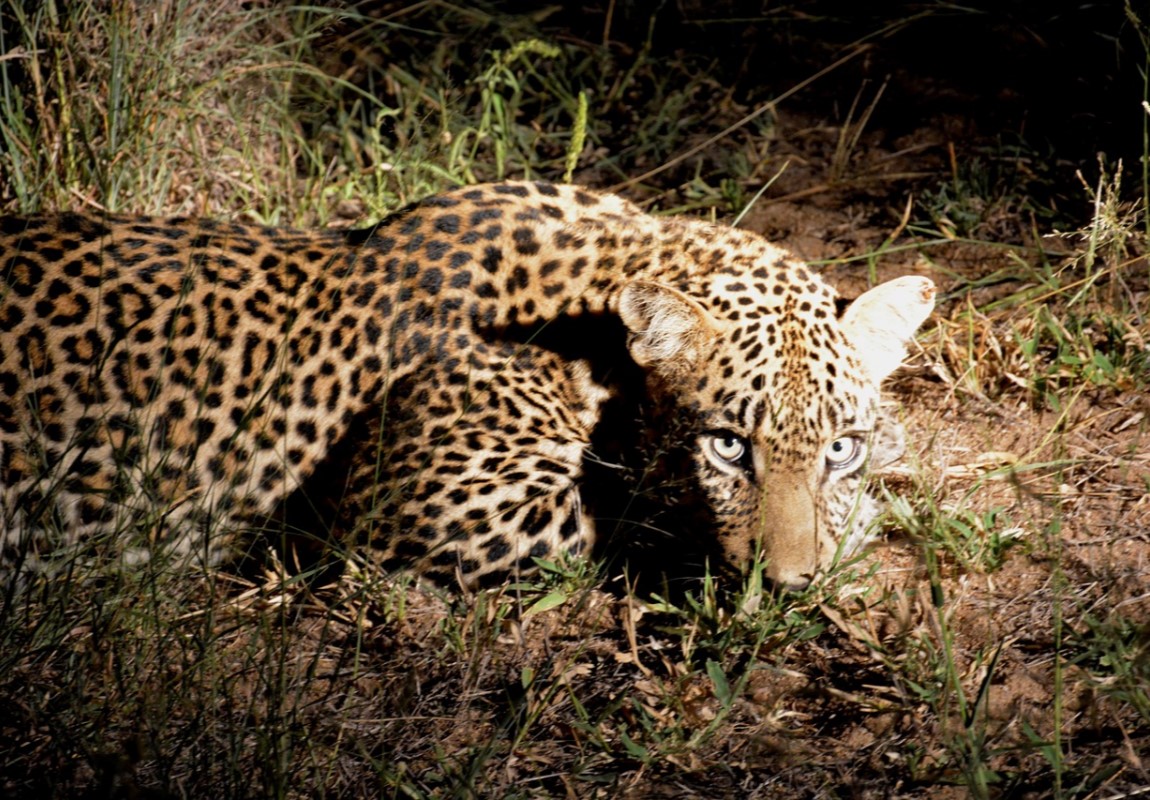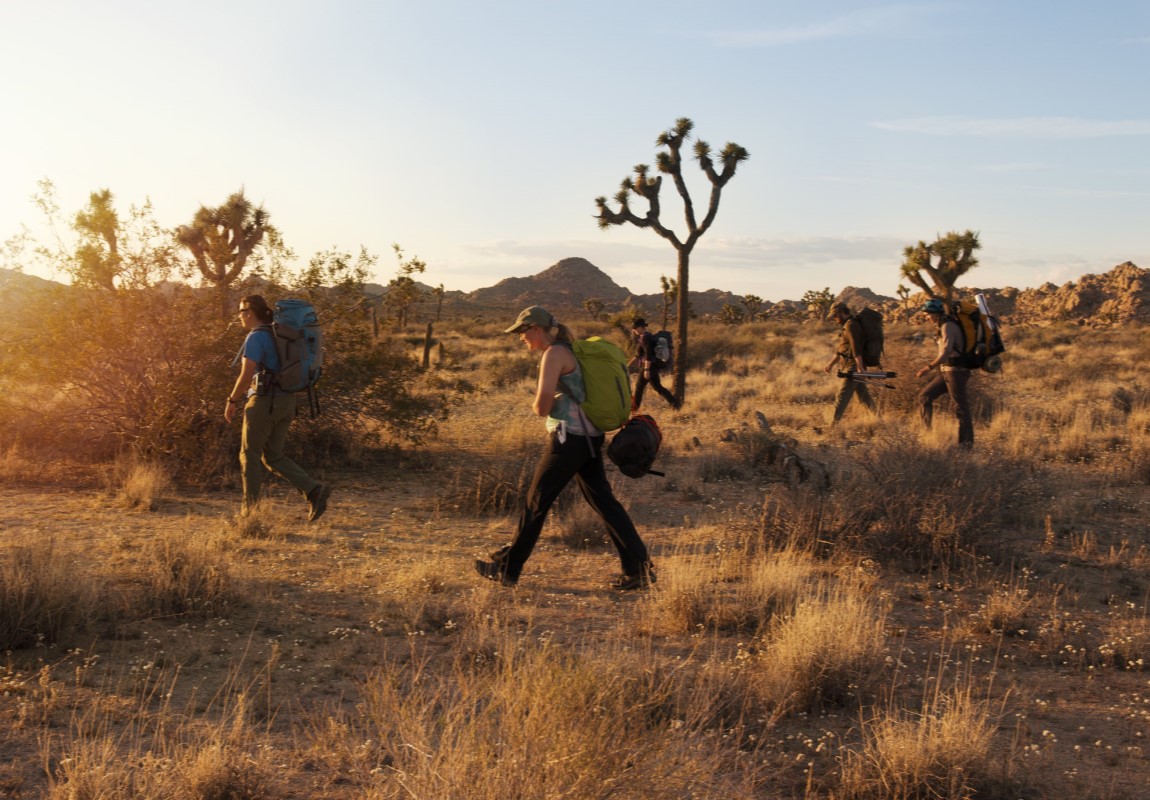Tsavo East National Park 
Tsavo East National Park - Kenya Wildlife Destination
Starting from
$750PP
Overview
Tsavo National Park is one of the largest national parks on the planet which covers 4% of Kenya. Tsavo National Park refers to both Tsavo East and West National Park, which are separated by a road and railway line. The two parks have separate ecosystems: Tsavo East National Park is complemented by open fields and scattered bush while Tsavo West National Park has a hilly landscape with volcanic cones and lava flows.
Tsavo East National Park feels wild and undiscovered; its immense open spaces are mesmerizing. The huge, semi-arid wilderness is home to most safari animals, and although wildlife densities aren't enormous, spotting animals is consistently possible here because of the absence of foliage.
Pros & Cons
- Amazing wildlife experience all year round with all of the Big Five Available
- Birding is best with Dry-country specials
- Amazing scenic landmarks like the Galana river and Taita Hills
- Very limited area for tourism activities
- Wildlife density is comparatively low
Map in Kenya

Want to Visit Tsavo East National Park?
Gallery Images
Explore the stunning beauty of Tsavo East National Park through our curated collection of photographs showcasing its landscapes, wildlife, and natural wonders.
Want to Visit Tsavo East National Park?
Wildlife & Animals
Tsavo East offers incredible wildlife viewing in the immaculate wild. All of the Big Five are available. Lions, cheetahs and leopards can be frequently spotted in the region. It also has hyenas who are forever on the scent of their prey. Tsavo had more than 6000 elephants in the region. Elands, plains zebra, gazelles, Grevy’s zebra, hunter’s hartebeest, and lesser kudus are often seen feeding on the 118 plants found in the Tsavo East National Park. The park also has dik-dik, gerenuks, fringe-eared oryx, and klipspringers.
Wildlife Highlights
Tsavo East National Park is home to a healthy population of more than 600 adult Tsavo lions – a species known for its lack of manes. Elephants, dusted red by the park’s rich, rust-coloured soil, are only one of the big five mammals that occupy Tsavo East. Tsavo East has a decent scope of unusual antelope. This is one of only a few exceptional spots to see the fringed-eared oryx. The lesser kudu is exceptionally timid, however, can here and there be seen dashing off into the shrubs. With some luck, you may spot the critically endangered hirola or Hunter's hartebeest.
Best Time for Wildlife Viewing
Wildlife viewing in the Tsavo East is good all year round. However, the Best time will be in the Dry season from June to October. Wildlife is simpler to spot since vegetation is more slender and animals assemble around predictable water sources.
Want to Visit Tsavo East National Park?
Birds
Tsavo East National park is an enormous number of over 500 bird species. Some of the rare bird species in the parks are African finfoot, golden pipit, Golden-breasted starling, martial eagle, Somali ostrich, Taita fiscal, and vulturine guinea fowl. Savannah monitor, a medium-sized monitor lizard, can be spotted prowling the plains and preying on small animals. The park’s huge area is a significant wintering ground for migrant species from Europe. Migrant birds are present from November to April.
Best Time for Birding
Bird watchers can visit the park year-round to spot the resident bird species. Migratory birds can be spotted from November to April. The peak months in the short and long rains are November and April with heavy rain a possibility, leading to bird-watching activities being disrupted.
Want to Visit Tsavo East National Park?
Best Time to Visit – Tsavo East National Park
Wildlife viewing in the Tsavo East is good all year round. However, the Best time will be in the Dry season from June to October. Wildlife is simpler to spot since vegetation is more slender and animals assemble around predictable water sources.
June to October (Dry Season)
- Wildlife watching is better when it’s dry and animals gather at water sources
- Rarely gets hot, Most of the time it's sunny & dry
- Fewer mosquitoes and less chance of catching malaria
- There is a lot of dust in the air because it is very dry
- The sky is hazy and the scenery isn’t as pretty
November to May (Wet Season)
- As park is less busy, Pricing is very less to bring more travellers
- The scenery is beautiful and at its most lush
- Wildlife viewing gets special because of less crowd
- Birding is best as migratory birds are present
- Rain in April and May will sometimes come in between your planned activities
- Roads become sloppy and difficult to travel
Want to Visit Tsavo East National Park?
Activities
Explore popular activities available in and around Tsavo East National Park.
Want to Visit Tsavo East National Park?
No FAQs available for this park yet.

 English
English French
French
